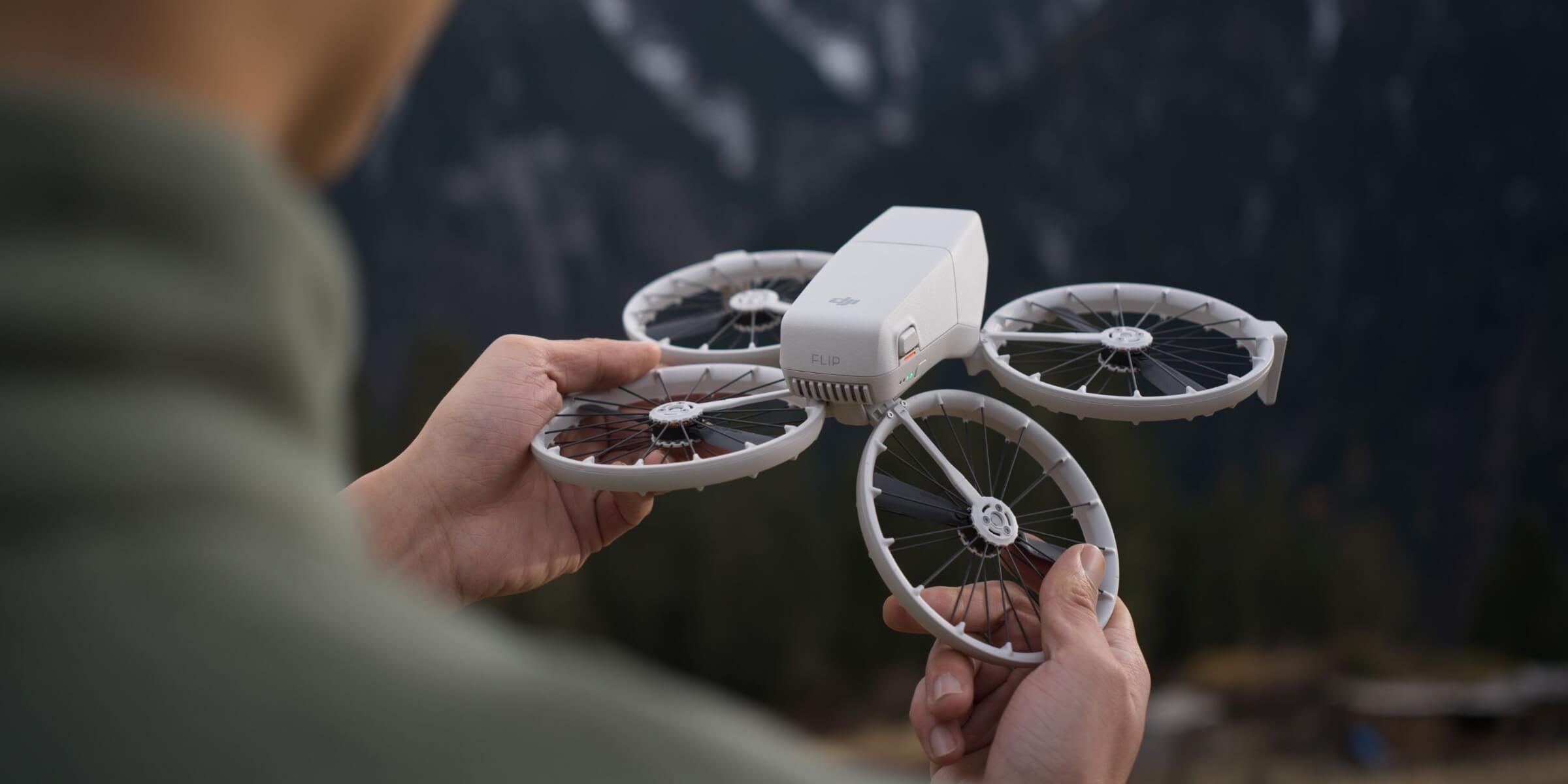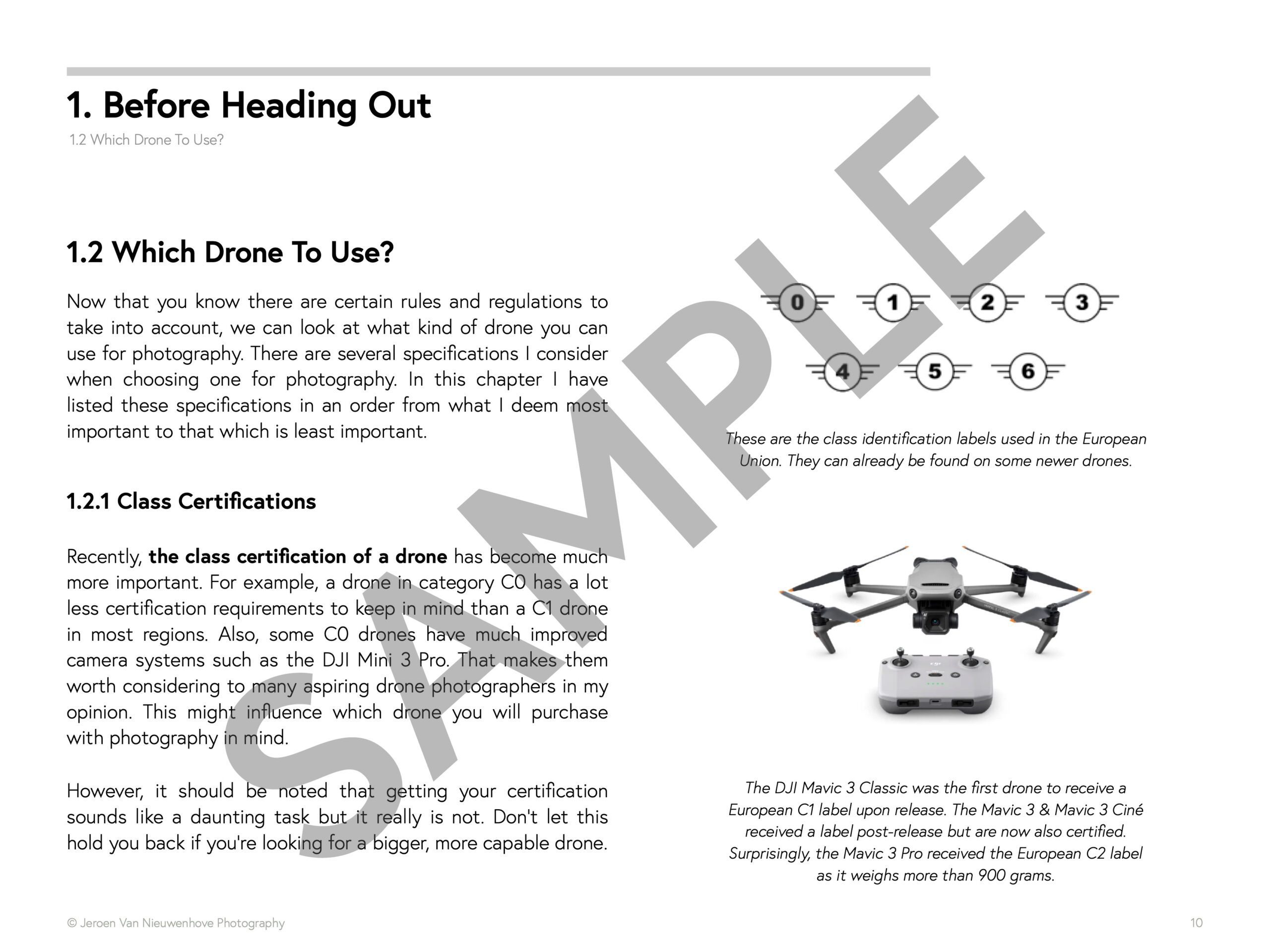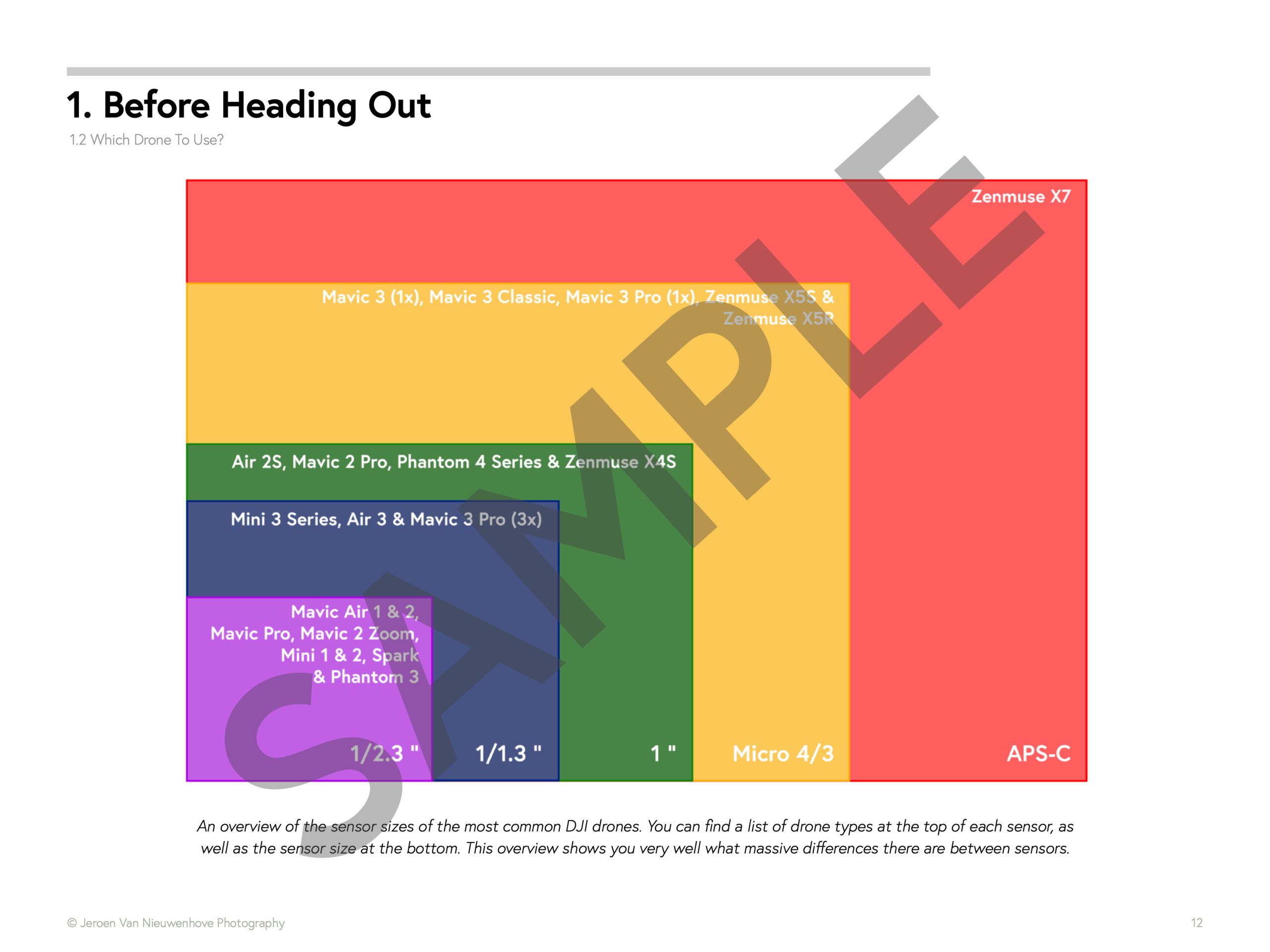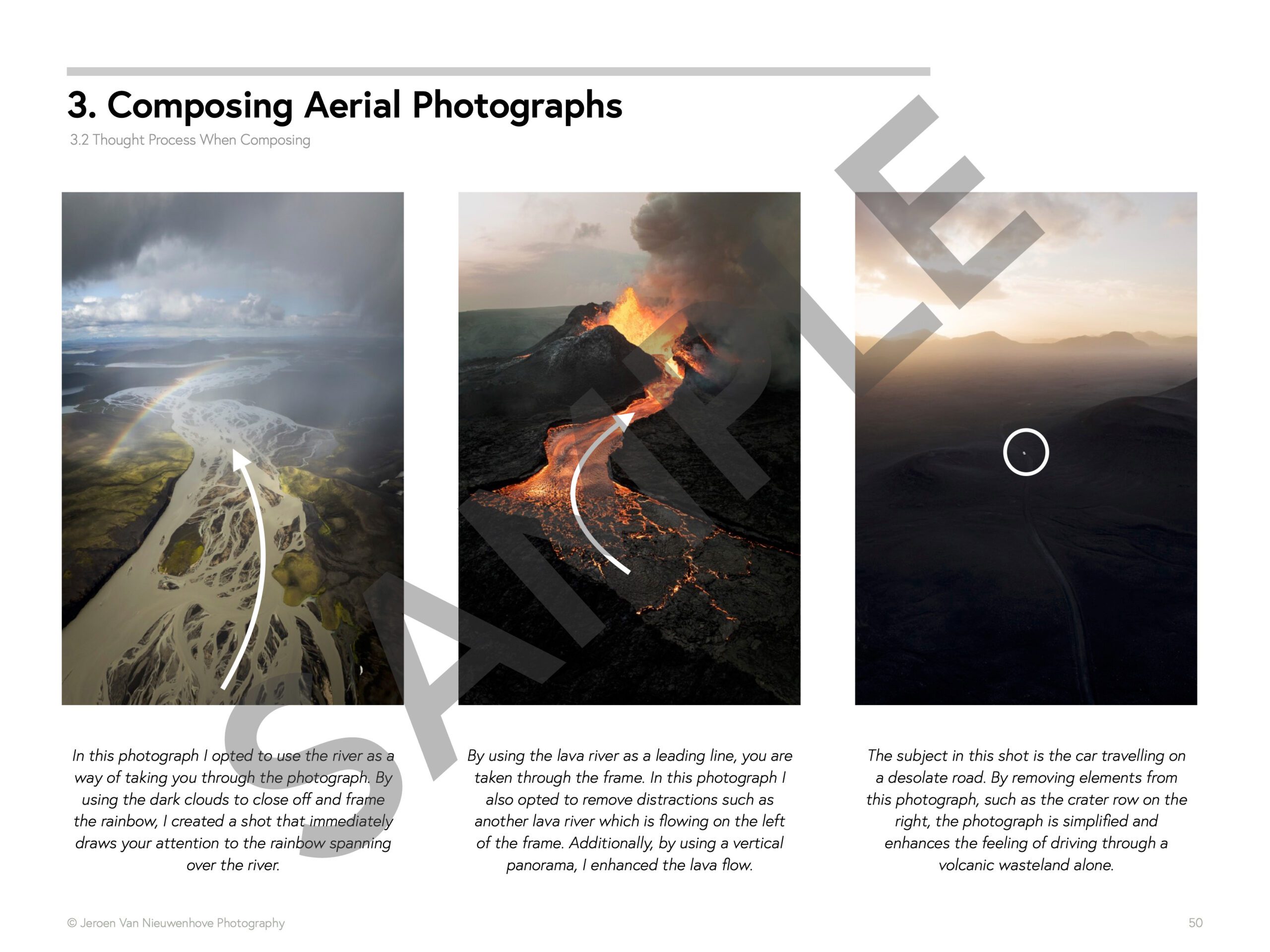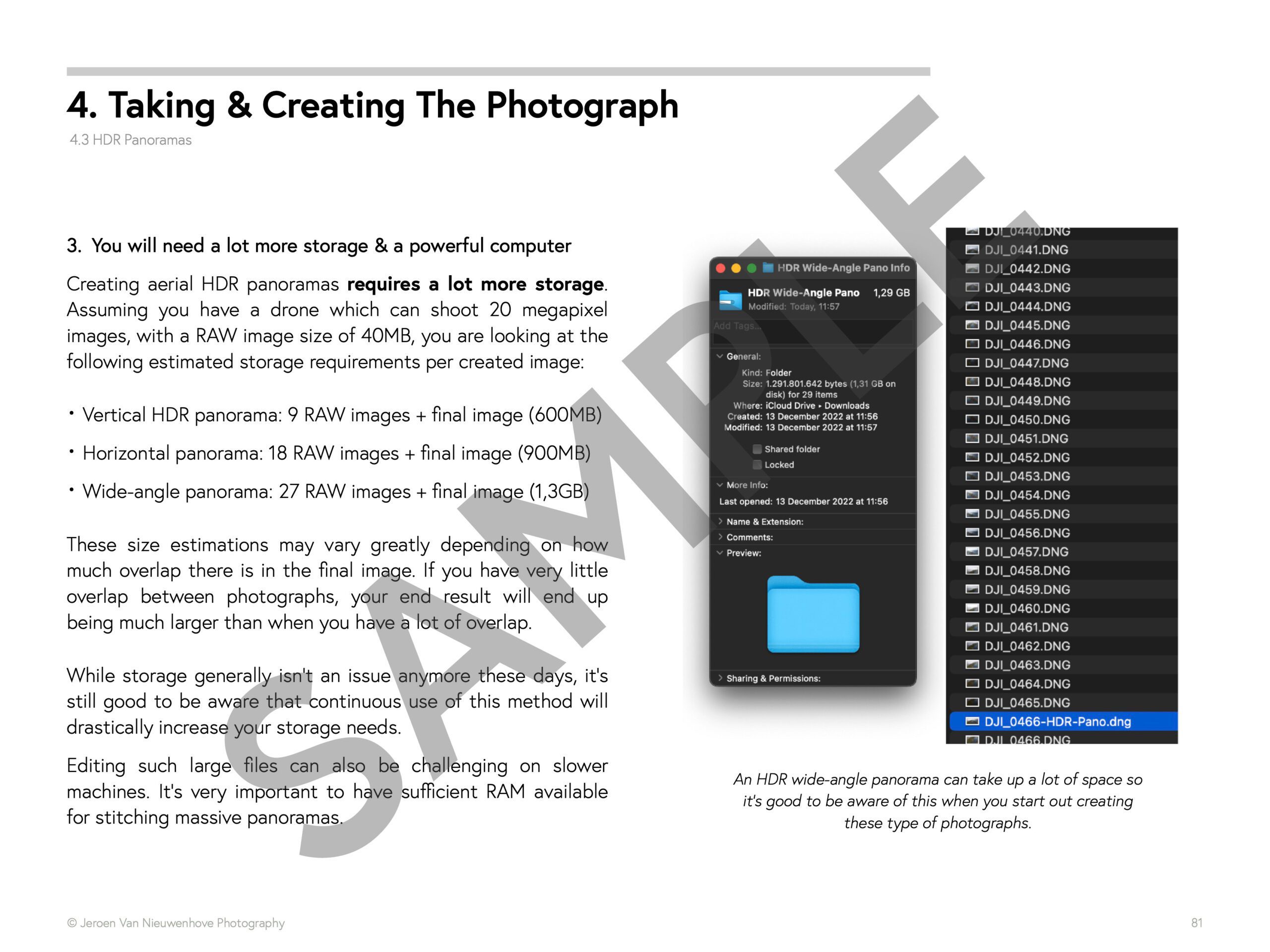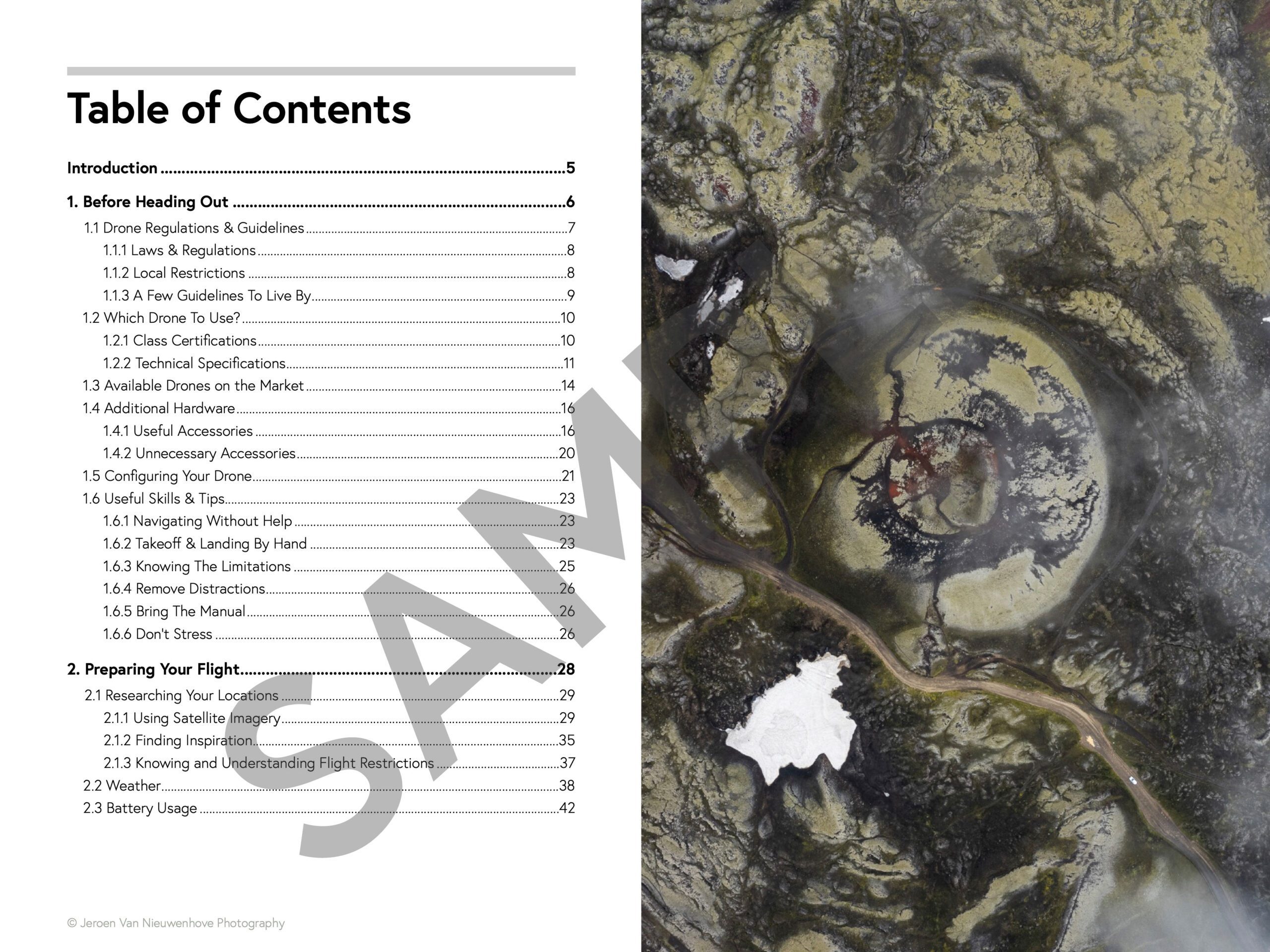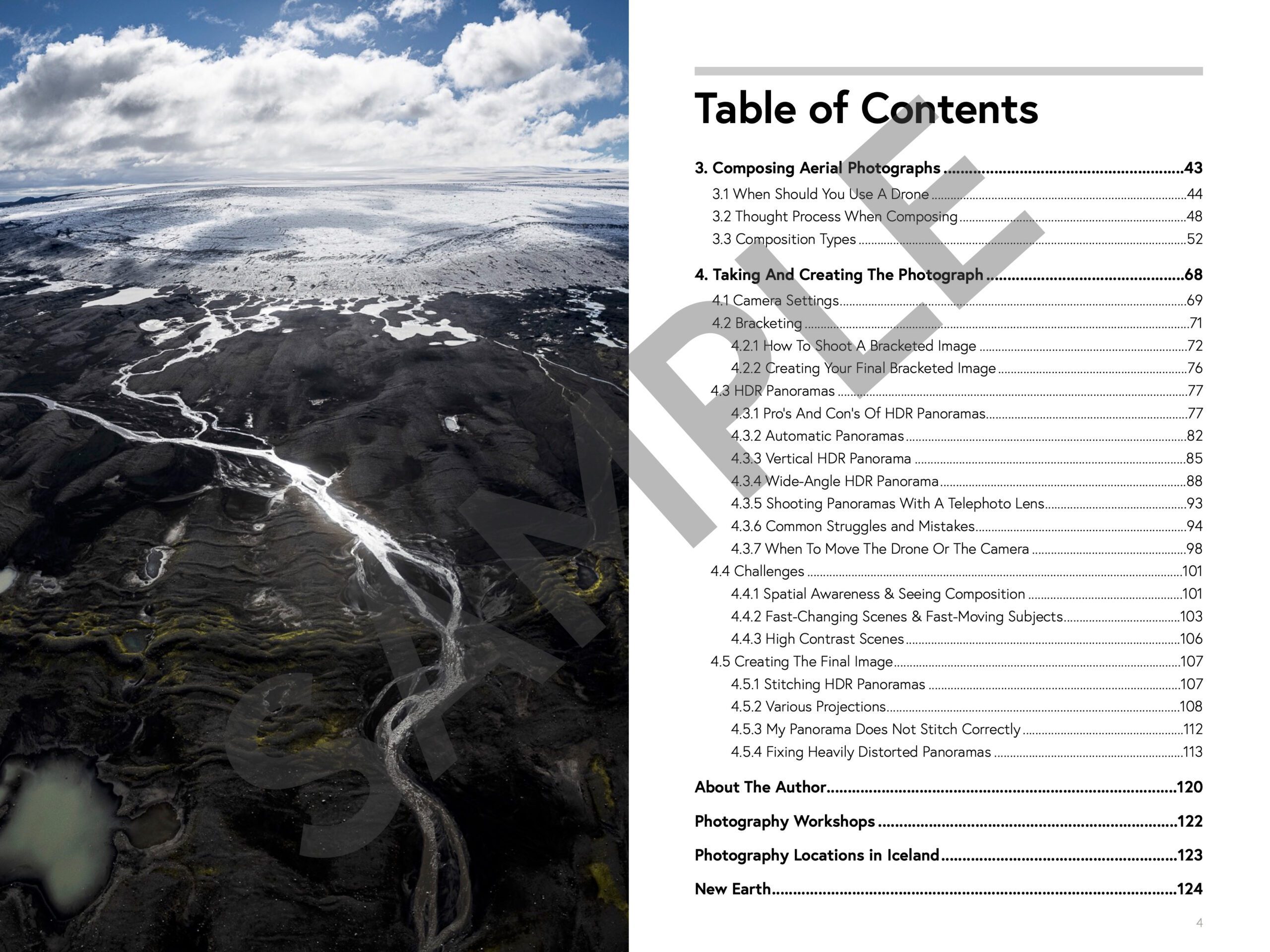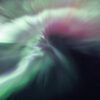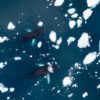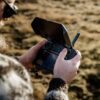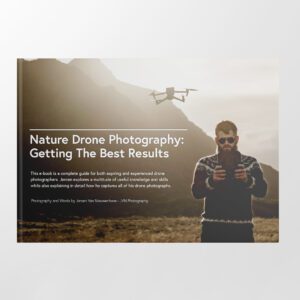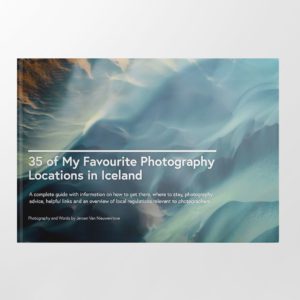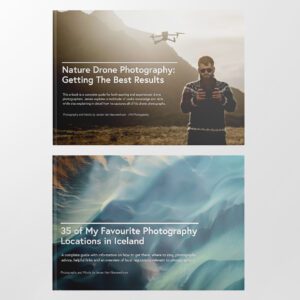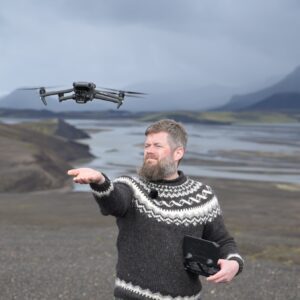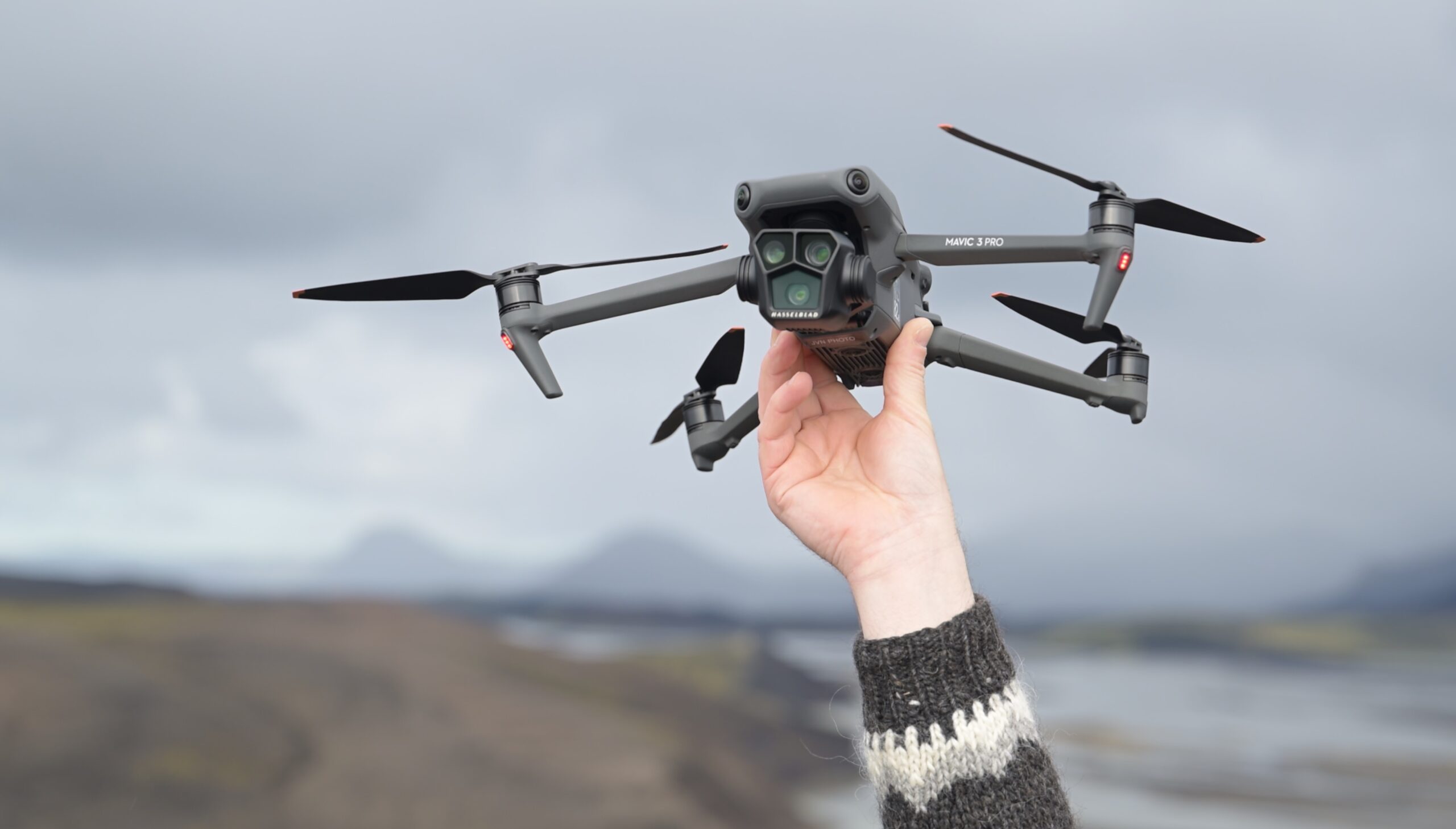It’s 2025 and DJI is wasting no time in this new year to announce new products. Today, DJI announced its brand-new drone, the DJI Flip. The DJI Flip stands out immediately thanks to its new and unconventional design. This quirky-looking drone will surely attract a lot of attention because of its unusual and new design, which resembles the vlogging-focused DJI Neo a lot.
But how does the DJI Flip stack up for us photographers? Is the DJI Flip a good (entry-level) choice if your focus is primarily drone photography? Let’s find out!
Disclaimer: This article is not sponsored in any way. However, when you make a purchase using the link in this article, I may earn a small commission. All opinions in this article are my own. If you (dis)agree, I invite you to open a discussion in the comment section. The images accompanying this article are from DJI’s marketing materials.
Where Does The DJI Flip Sit In DJI’s Drone Line-Up?
The DJI Flip seems to be a bit of an odd duck in the current drone line-up of DJI. It is a blend between the vlogging-focused beginner DJI Neo drone and the allrounder beginner drone, DJI Mini 4 Pro.
The biggest new feature is definitely the new design, which puts safety front and center. DJI Flip has been designed with protected propellers that, much like the smaller DJI Neo, protect its surroundings from accidentally hitting something (or someone) with the spinning propellers. Because of this new design, it also folds down completely different to the usual suspects as the DJI Mini 4 Pro, DJI Air 3s or DJI Mavic 3. DJI Flip also comes with a LiDAR front-facing sensor, similar to the recently released DJI Air 3s, which gives it superior forward obstacle avoidance sensing. This makes the DJI Flip perfectly suited for use in tight spaces, as well as indoors, just like the DJI Neo, its little brother. While it’s not a feature, it is important to note that the DJI Flip is positioned cheaper than the Mini series.
Aside from the big design change and the LiDAR sensor, DJI Flip features a 12 megapixel 1/1.3″ sensor, which can achieve 48 megapixels thanks to its quad-bayer sensor design. It is capable of recording 4K HDR video recording up to 4K 60 frames per second and slow-motion 4K up to 100 frames per second. Without having seen or used the DJI Flip, it is reasonable to assume that the sensor is the same one used in the DJI Mini 4 Pro, or at least very similar to it. The battery life is rated at 31 minutes, which is similar to that of other sub 250 gram drones. Being a sub-250 gram drone, puts it in the European C0 class which does not require licensing or registration in some regions.
All of this gives me the impression that the DJI Flip sits almost shoulder-to-shoulder with the DJI Mini 4 Pro in DJI’s line-up. So how does the DJI Flip differentiate itself and which one should you get?
Should You Get The DJI Flip For Photography?
As you already know, my main concern when purchasing a drone is photography. Does the DJI Flip belong in a photographer’s drone bag? Is it a better choice than the DJI Mini 4 Pro, which is the drone I compare it directly to due to its similar price range and similar specifications?
Let’s start with the similarities. Both DJI Flip and DJI Mini 4 Pro come with:
- A C0 EU classification label (they weigh less than 250 grams)
- A very similar sensor (perhaps even the same one) with the same photo and video specifications
- Very similar battery life
- DJI’s OcuSync 4 transmission technology
- Support for the dedicated DJI RC 2 remote controller
But how does the DJI Flip differentiate itself from the DJI Mini 4 Pro? It has a cheaper price tag, a new unusual design and the front-facing LiDAR sensor. But it also lacks omnidirectional object avoidance in comparison to the DJI Mini 4 Pro. Therefore, I think it is important to consider your use case. The DJI Flip is clearly designed in such a way that it shines indoors or in tight spaces. This doesn’t mean you can’t use it outdoors but it is clearly optimized for indoor use.
A few other smaller differences include:
- Its size when operational is slightly smaller than the DJI Mini 4 Pro.
- The battery charging hub supports simultaneously charging two batteries (unlike the DJI Mini 4 Pro‘s hub).
- The battery hub supports fast-charging using a 65W charger.
- DJI Neo’s AI tracking capabilities are available on DJI Flip.
- Bracketing with 7 shots is supported (unlike the maximum of 5-shot brackets on most other drones)
One final consideration is that the DJI Flip‘s new design hasn’t been “tried and tested” in all sorts of weather conditions like the DJI Mini series. By that, I don’t mean it is bad but we simply don’t know yet how it stacks up against drones within the same weight class. From experience, I know that the DJI Mini 4 Pro is a champ in even challenging weather conditions and given the DJI Flip‘s design, I would imagine DJI Flip is less aerodynamic in comparison and may be more prone to movement in gusty conditions. The DJI Mini 4 Pro also folds down small, which may be why you are opting for a small and lightweight drone. Is compact size more valuable to you than having fixed propeller guards?
Which Drone Should I Buy For Photography In 2025?
Which drone you should buy if your focus is photography depends heavily on various points of consideration. What is your budget? How important is battery life and wind resistance? Do you want to go through the “trouble” of registering your drone and getting a license? (spoiler alert: it isn’t really trouble at all)
If you are curious what other drones I would recommend for photography, make sure to check out my dedicated blog about which drone to buy for photography!
DISCOUNT
The Drone Photography Masterclass
Nigel Danson & Jeroen Van Nieuwenhove‘s complete drone masterclass will explore everything you need to know to start creating the best aerial photographs using any type of drone in 50+ detailed videos. Whether you are a complete beginner or an advanced drone pilot, this video course contains a vast amount of information to level up your drone photography skills.
Learn Drone Photography With My E-Book
Want to learn how to get the best results with your newly purchased drone? I wrote the most comprehensive guide available on drone photography which teaches you a technique to get the DSLR-like results out of even the cheapest drones.
In 125 detailed pages I explore everything you need to know to start creating the best photographs using any type of drone. Whether you are a complete beginner or an advanced drone pilot, this e-book contains a vast amount of information to level up your drone photography skills.
What to Expect?
- A 125-page educational PDF about nature drone photography with very detailed explanations
- Which drone to get for photography and why
- Important settings and configuration options
- A list of useful skills & tips
- A list of useful accessories and what not to buy at all
- How to research locations for drone photography
- How to compose with a drone and insight into Jeroen’s thought process with plenty of examples
- Thoughtfully planning ahead for your drone shoot
- The how and why of creating bracketed images
- The how and why of shooting HDR panoramas
- What challenges you might face and how to deal with them
- Common mistakes & how to deal with them
- How to stitch your panoramas together
Use EBOOK20 to get 20% off your Nature Drone Photography (E-Book) purchase!
Support Jeroen’s Work
As an independent photographer, Jeroen partially relies on your support to keep producing worthwhile content such as blogs, photographs, books and much more. If you want to support his work, it is possible to do so by buying his e-books & books, prints or calendars.
You can also sign up to the newsletter to stay up to date on new blog posts, projects, workshops and other interesting information.
Thank you for considering!

